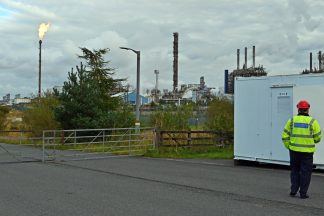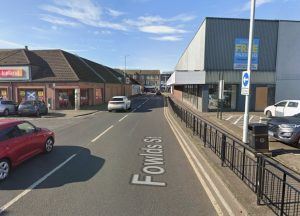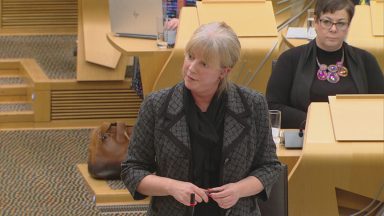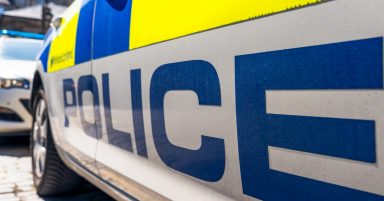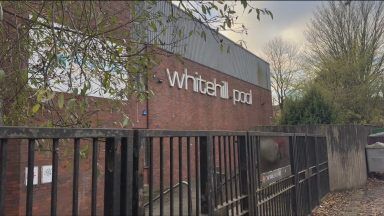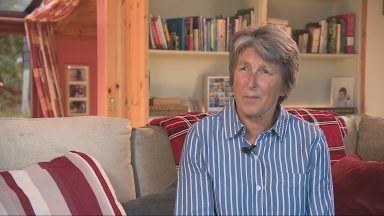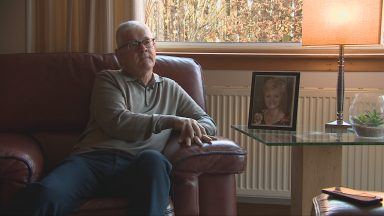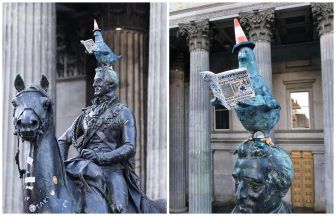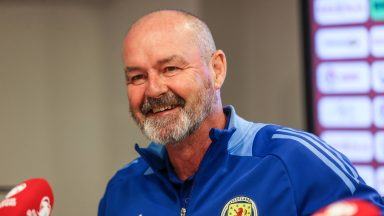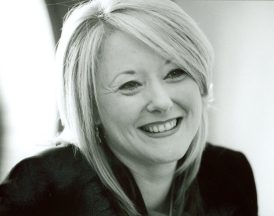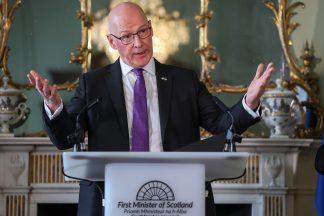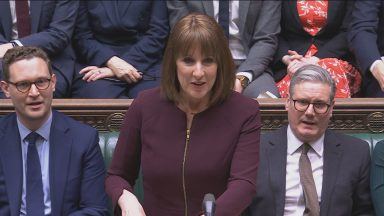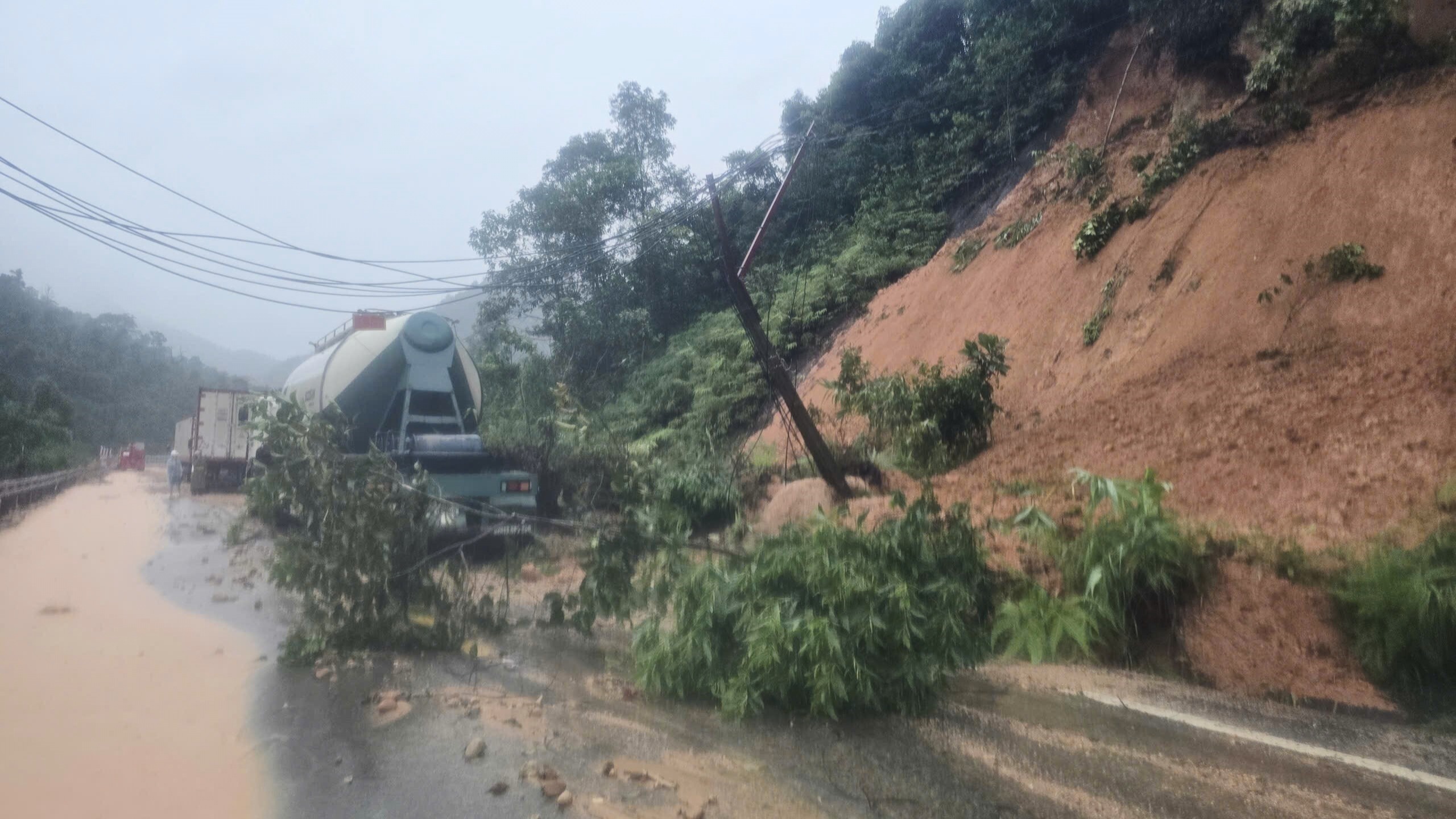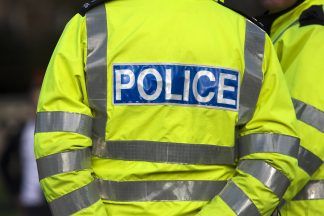The Conservative Party have always been keen to remind people that they have supplied all of the UK’s female Prime Ministers – at least, until Liz Truss came along.
So there’s a neatness to Theresa May, the second woman to get the keys to 10 Downing Street, announcing she’s standing down as an MP on International Women’s Day.
You also have to respect the commitment to her understated style of politics, by giving the announcement to her local newspaper, the Maidenhead Advertiser, like any dutiful constituency MP would.
It isn’t every day that a former prime minister announces they’re leaving the House of Commons. But when she does stand down at the general election, May will be making up the numbers as part of an exodus of MPs.
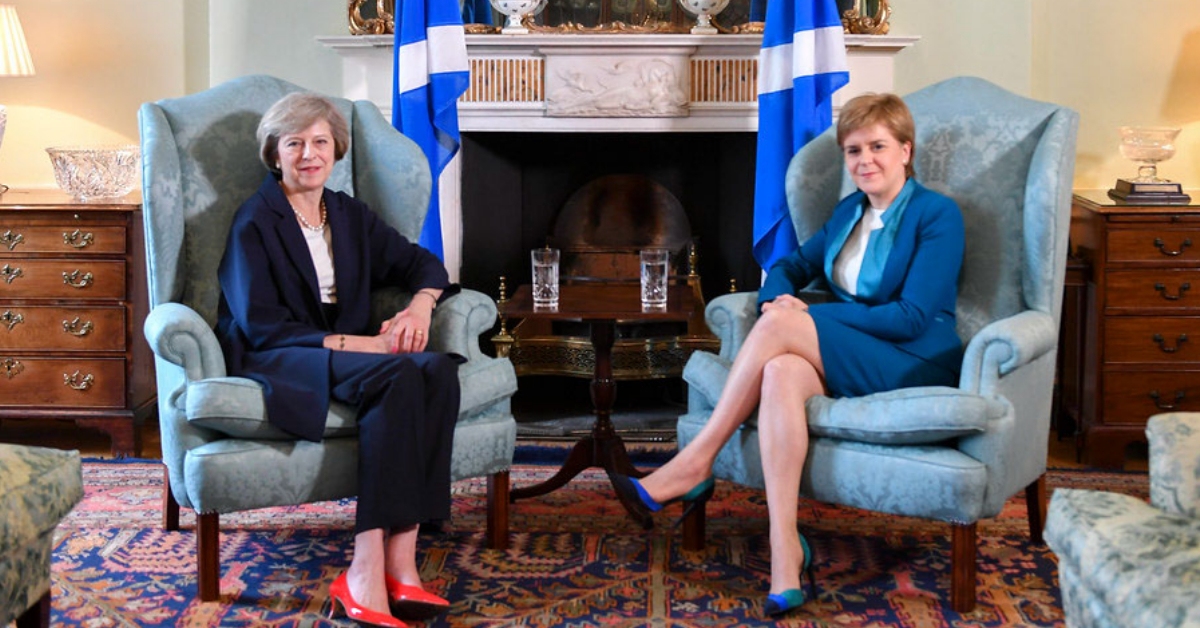 Flickr
FlickrShe is the 60th Conservative MP to announce they’re quitting, and the 96th overall. Nearly a fifth of the parliamentary Conservative Party is standing down when the UK goes to the polls. Who those Conservative MPs are tells you a lot about Tory prospects in the coming election.
It’s true that most are older MPs retiring after many years of service in parliament. But nine of them were only elected at the last election in 2019 – remarkably early to throw in the towel.
Among those are young MPs – Nicola Richards in West Bromwich East and Dehenna Davison in Bishop Auckland – who won Labour strongholds under Boris Johnson’s leadership, but now see no future for themselves in frontline politics. Alister Jack, the Scottish secretary, is among those standing down, having only been elected MP for Dumfries and Galloway in 2017.
And while he hasn’t said he’s standing down, it’s also striking that the Conservative Party chairman, Richard Holden – another of the 2019 intake who made a breakthrough into Labour territory in North West Durham – has yet to choose a seat to stand in at the coming election, following the redrawing of parliamentary boundaries. If he does stand, it won’t be in County Durham, because all those candidates have been chosen. A safer seat in southern England may beckon.
The majority of Conservative MPs standing down have been elected since 2010, meaning they’ve only known life on the government benches. Perhaps they simply don’t fancy opposition.
As elections loom, MPs have historically always seen the writing on the wall. In 2010, a huge 100 Labour MPs stood down, although many of them had been caught up in the parliamentary expenses scandal and announced they were quitting over that.
And it’s also striking that, for the first time in history, there’s a wave of SNP retirements from the Commons. Nine of the party’s MPs are going, either voluntarily or because they haven’t secured a seat. They include the former Baby of the House, Mhairi Black, who cited the pressures of being an MP as one of the reasons for standing down. But MPs can certainly read polls.
Theresa May’s constituency of Maidenhead is extremely safe for the Tories, so there’s no question that her departure is just about retiring to do other things.
Of course, there is a way back to frontline politics open to May – as her predecessor David Cameron has shown with his comeback as foreign secretary, via the House of Lords.
Follow STV News on WhatsApp
Scan the QR code on your mobile device for all the latest news from around the country







